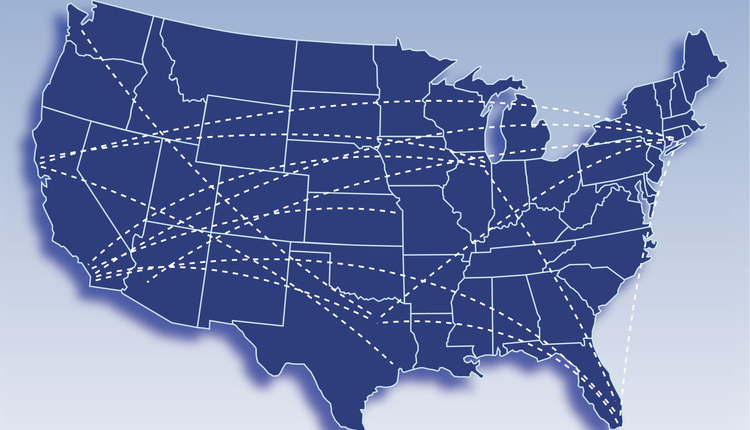from Window Book Postal Concierge--The United States Postal Service® announced several new mailer incentive programs for 2011, geared toward increasing mail volume and revenue. The incentive programs include Reply Rides Free and Saturation and High Density Incentive Program.
Reply Rides Free
This program involves an incentive to mailers to include additional content in their First-Class automation letters. The incentive is in the form of a postage credit for letters weighing over 1 ounce but no more than 1.2 ounces. The postage credit is for the second ounce on eligible pieces mailed in 2011 that meet or exceed an established minimum volume threshold. This threshold is determined by the USPS® and will be based on historical mail volumes. Mailers must apply to the USPS to participate in this program, and may be required to provide, upon request, documentation of their mail volumes for 2009 and 2010, as well as the participating volume in 2011. To be eligible, mailpieces must include a reply card or envelope, either Business Reply Mail or Courtesy Reply Mail. Mailers must provide a sample of the reply card or envelope at the time of mailing. Reply pieces must be automation-compatible and must bear the correct Intelligent Mail barcode corresponding to the address as of May 1, 2011 (this last requirement may change based on the recent announcement to delay the IMB requirement previously set to take effect on May 1, 2011). For more details, check out Domestic Mail Manual 233.
Reply Rides Free
This program involves an incentive to mailers to include additional content in their First-Class automation letters. The incentive is in the form of a postage credit for letters weighing over 1 ounce but no more than 1.2 ounces. The postage credit is for the second ounce on eligible pieces mailed in 2011 that meet or exceed an established minimum volume threshold. This threshold is determined by the USPS® and will be based on historical mail volumes. Mailers must apply to the USPS to participate in this program, and may be required to provide, upon request, documentation of their mail volumes for 2009 and 2010, as well as the participating volume in 2011. To be eligible, mailpieces must include a reply card or envelope, either Business Reply Mail or Courtesy Reply Mail. Mailers must provide a sample of the reply card or envelope at the time of mailing. Reply pieces must be automation-compatible and must bear the correct Intelligent Mail barcode corresponding to the address as of May 1, 2011 (this last requirement may change based on the recent announcement to delay the IMB requirement previously set to take effect on May 1, 2011). For more details, check out Domestic Mail Manual 233.
Saturation and High Density Incentive Program
This program involves Standard Mail Saturation and High Density qualified mail. These incentives are also in the format of postage credits for qualified mail owners of Standard Mail, or Nonprofit Standard Mail, letters and flats mailed at saturation and high density carrier route prices. Participating mailers must be able to document mail volumes exceeding their individual USPS-recorded threshold level, during the 2011 program period, from January 2, 2011 through December 31, 2011. Participating mail owners documenting volumes above their threshold level receive a credit, for each piece exceeding their threshold level. These credits will be applied to a designated permit imprint advance deposit account or Centralized Account Payment System (CAPS) account after the end of the program period.
This program involves Standard Mail Saturation and High Density qualified mail. These incentives are also in the format of postage credits for qualified mail owners of Standard Mail, or Nonprofit Standard Mail, letters and flats mailed at saturation and high density carrier route prices. Participating mailers must be able to document mail volumes exceeding their individual USPS-recorded threshold level, during the 2011 program period, from January 2, 2011 through December 31, 2011. Participating mail owners documenting volumes above their threshold level receive a credit, for each piece exceeding their threshold level. These credits will be applied to a designated permit imprint advance deposit account or Centralized Account Payment System (CAPS) account after the end of the program period.
